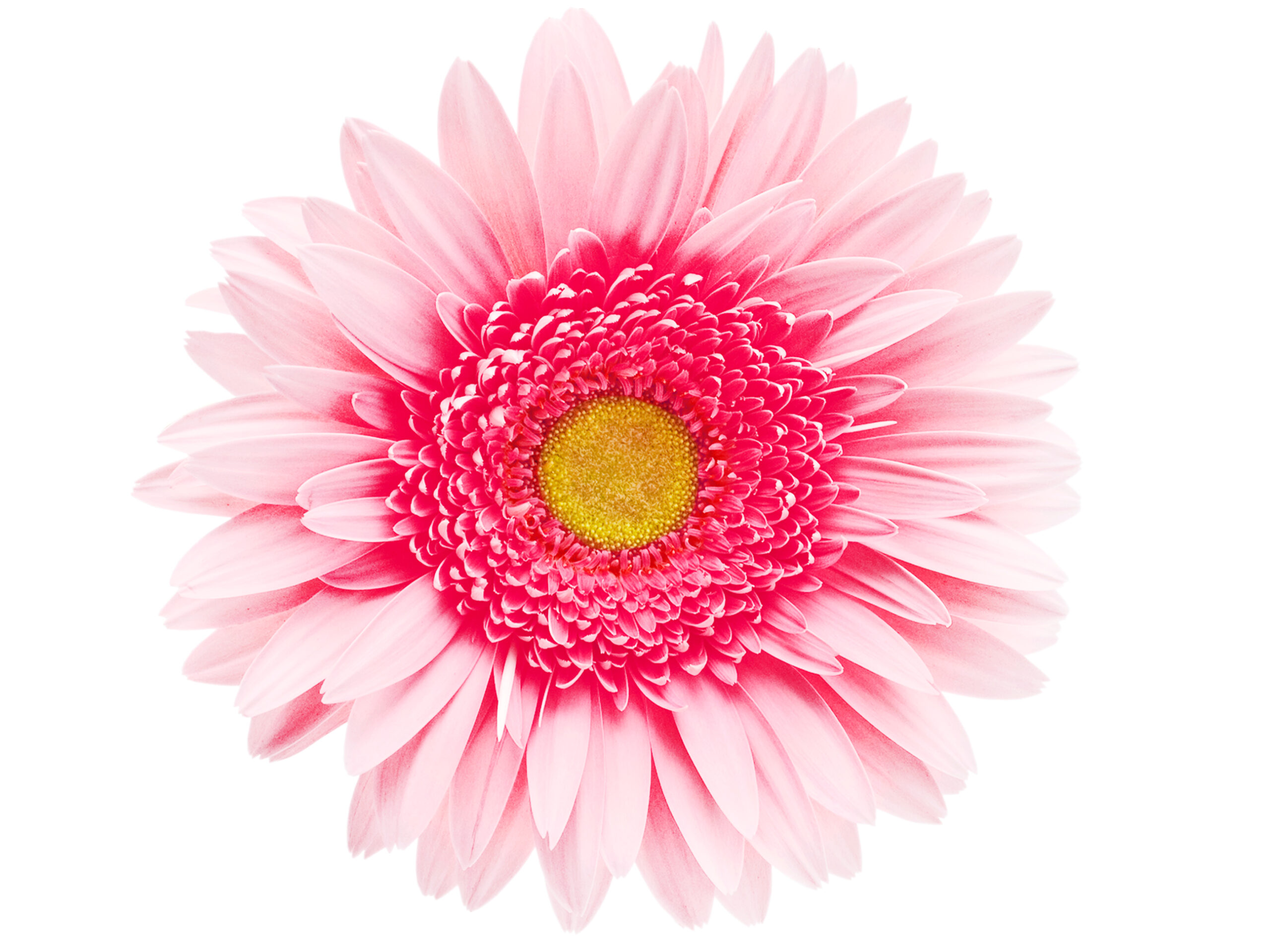Hello!
I don’t know about you but growing cantaloupe in the summer is one of my favorite summer treats to grow in the garden. I prefer to grow cantaloupe in my garden then purchase cantaloupe from the store, unless I know it was grown locally and purchased from a farmers market. I grew cantaloupe for the first time last year and it turned out so good and sweet tasting. I am growing it again this year too.
History of Cantaloupe
The history of the Cantaloupe came from South Asia to Africa, it was later introduced to Europe, and in the 1890s cantaloupe became a commercial crop in the United States.
The melon in North America is know as the cantaloupe and also called the muskmelon. More accurately, however, the term muskmelon refers to any Cucumis melo species.
There are two Cucumis melo muskmelon varieties referred to as cantaloupes.
The North American variety (Cucumismelo var. reticulatus) and the European variety (C. melo var. cantalupensis).
The net-like pattern on the rind distinguishes the North American cantaloupe, and it has a subtler flavor than the European type. Plus,
the European cantaloupe is rarely produced or sold in this hemisphere.
Nutrition of the Cantaloupe
Here is the nutrition of the cantaloupe. Raw cantaloupe is 90% water, 8% carbohydrates, 0.8% protein and 0.2% fat, providing 140 kJ (34 kcal) and 2020 μg of the pro vitamin A orange carotenoid, beta-carotene per 100 grams. Fresh cantaloupe is a rich source (20% or more of the Daily Value or DV) of vitamin C (44% DV) and vitamin A (21% DV), with other nutrients in negligible amounts (less than 10% DV) (table).

How to Grow Cantaloupe
- Plant cantaloupe in an area with warm soil (70°F+) and plenty of sun. Full 8 hours of sun
- Cantaloupes like to sprawl, plant them 36 to 42 inches apart in fertile, well-drained soil.
- Growing cantaloupes require a lot of nutrients, so it’s best to
improve your soil by mixing in several inches of compost or other rich
organic matter. - Cantaloupes need a lot of water, so keep soil moist and avoid wetting the leaves—soaker hoses and drip irrigation are best.
- Mulch well and eliminate weeds early so vines can run freely.
- Protect young fruits by getting them off the ground. A small upside-down flower pot will work well or melon cradles.
- Avoid pinching off shoots because an abundance of healthy leaves will produce sweeter fruit.
- For best flavor, leave the largest fruit growing on the vine and pinch off any young fruits that begin to form.
- Harvest cantaloupe when they reach ideal color and the netting is pronounced.
How to care for Cantaloupe
In this section I will talk about how to care for Cantaloupe. Cantaloupe plants are pretty easy to take care of once you have them
established! Like most other garden plants, they like about an inch of water per week—a bit more if it’s very hot out. A good layer of
organic mulch like weed-free straw, mulched leaves, or pine shavings can help keep the soil evenly warm and help retain moisture.
Drip irrigation, soaker hoses, or hand watering all work for watering cantaloupe, although we’d recommend avoiding overhead irrigation (like
sprinklers) during the most humid parts of summer to help reduce the risk of powdery mildew and downy mildew.
As long as you have a bed amended with good quality compost and organic matter, you won’t need to do much fertilization on your melon
plants. A monthly dose of fish emulsion, kelp, or compost tea will do the trick!
Pests to Look out for
When gardening these are the biggest pests to look out for when growing cantaloupe.
- Aphids: If aphids are in a small area, you can just clip or trim off the leaves that are infested. If you have a large aphid infestation, insecticidal soap or Bacillus thuringiensis (Bt) are good options. To protect pollinators, only use insecticidal soap during the morning or evening during low pollinator activity (the residue from insecticidal soap is not toxic to bees and other pollinators, but it is toxic if they are on the plant when sprayed).
- Cucumber Beetles: Many cantaloupe plants can survive a cucumber beetle infestation once they are past their early plant stages, but one of the bigger problems is that cucumber beetles often spread bacterial wilt—which has no
treatment. To treat an early infestation of cucumber beetles, hand pick and destroy adult beetles and eggs. If the vine does have bacterial
wilt, there is no treatment, just remove and destroy the plants. - Squash Bugs: Squash bugs are most problematic to young plants—they rarely cause widespread damage to large or mature plants. But they certainly can do a number on young plants! Squash bugs are particularly tricky to manage—one of the few ways to keep on top of it is to catch them early and to hand pick off the adult bugs and drop them into a bucket of soapy water. Make sure you also crush their eggs on the undersides of leaves to prevent hatching.
- Squash Vine Borers: The problem with squash vine borers is that you don’t know you have them until your plant is wilted,
dead, and you see the tale-tell sign of sawdust-like material at the base of your cantaloupe stem. Prevention is the key. Squash vine
borers overwinter in soil, so one of the best ways to prevent them is to make sure you rotate and have at least a two-year break between
cucurbits in beds. Another way to stop the squash vine borer females from laying eggs on the stem of your cantaloupes is to put an empty toilet paper roll around the vines at the soil level.
The Harvest of Cantaloupe
You can expect a harvest from your cantaloupe plant around 35 to 40 days after flowering depending on weather conditions. Watch for signs the fruit is ready to be harvested, and do not wait for it to fall off the vine. The skin turns greenish beige, the netting becomes rough and dry,
and the tendrils near the fruit turn brown and dry. Gently twist the fruit from the stem. If it doesn’t come off easily, let it ripen a
bit more.
Cantaloupes typically grow to be 3 to 4 pounds when ripe, but some cultivars have been known to reach up to 20 pounds!

Happy Planting!
I hope you found this post helpful. My cantaloupe patch is huge right now with lots of flowers and small fruits. I can’t wait to be able to harvest my cantaloupe. I grew cantaloupe last year too and it tasted the best, way better than store bought.
Please leave me a comment below and let me know if you have grown cantaloupe before, how you did, what grow zone are you in or if you have any questions, I will get you the answer
Cheers!
Chris





Thanks for sharing this very interesting and informative article with us all here. Whenever I read articles like this it makes me want to get out and dig the garden that I don’t have. Unfortunately though, that’s one of the downsides of living in a flat I suppose. Hopefully have a back and front door soon though.
Hopefully one day you will be able to have a garden. There is always container gardening? Is that an option where you live? Thank you for your comments.
Cantaloupe is one of my favorite fruits! I love that you pointed out that it is 90% water. I have a special needs child, who doesn’t like to drink, so I’m always looking to fill her up on foods that have a high water content to make up for what she doesn’t drink. I also give her watermelon, cucumbers, etc. I wish I had the time to grow them myself. Maybe I can share this with my mom and convince her to grow them. 🙂
Hi Alicia,
Cantaloupe and watermelon are both 90% water. Most kids love the taste of both. I grow the small watermelon variety and they have a shorter growing season, they are perfect for vertical growing as well. The fruits once they get big will need to be supported. I hope you can convince her, your daughter may enjoy helping her grow them too. Thank you for visiting!
Hi Chris, Informative article you have here. I am growing pumpkin this year in my garden. They also take up a lot of space. I have a a bit of mildew on 2 of my plants. Do pumpkins have some of the same problems that you have when growing cantaloupe? A juicy slice of cantaloupe! How delicious. Some like to eat theirs with ice cream, as well.
Hi Carolyn, I am also growing pumpkins. Cantaloupe, pumpkins, watermelon, all squashes have the same type of leave that are prone to powdery mildew. Try to water below the leaves if possible, or use a drip irrigation system. We have been getting so much rain lately, I really can’t do anything about it but hope the sun dries them off. You can also prune off the leaves that have the mildew to help keep it from spreading. It’s fine to prune them. I have been pruning around fruit and flowers to help them grow. Thank you for your comments
Cantaloupes are amazing. I am currently growing them in my backyard and use overhead irrigation. Thanks to your guide I’m going to switch to drip irrigation. Also, I might need to add more composted soil as you mentioned they require a lot of nutrients to grow.
Thank you so much for your useful tips and help.
Yes, you will want to do drip irrigation to try to keep the water off the leaves to prevent powdery mildew. When it rains we can’t stop it. I have a few cantaloupes growing and watermelon. I am growing the small variety and it looks like a couple maybe ready to harvest. Thank you for visiting my website